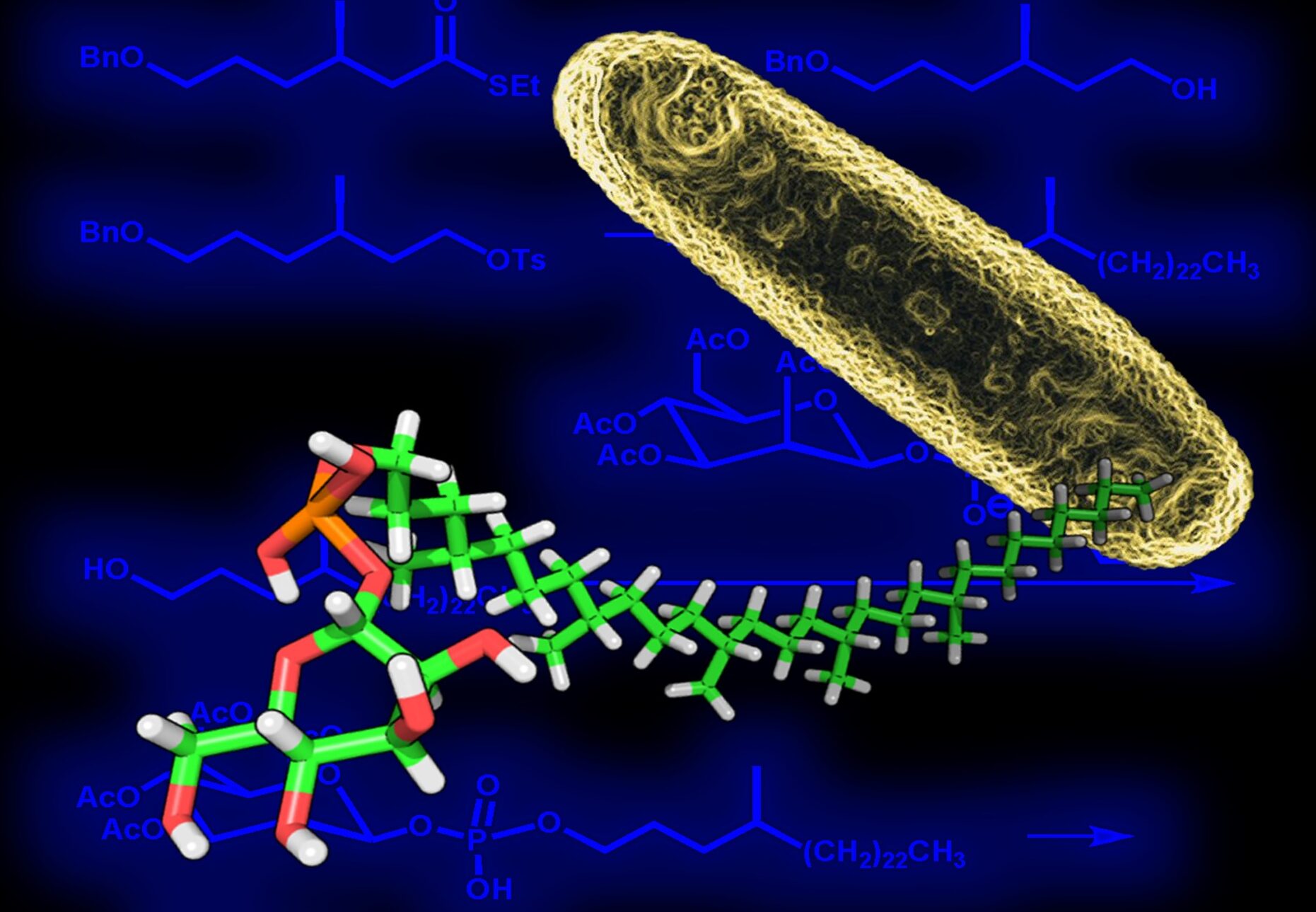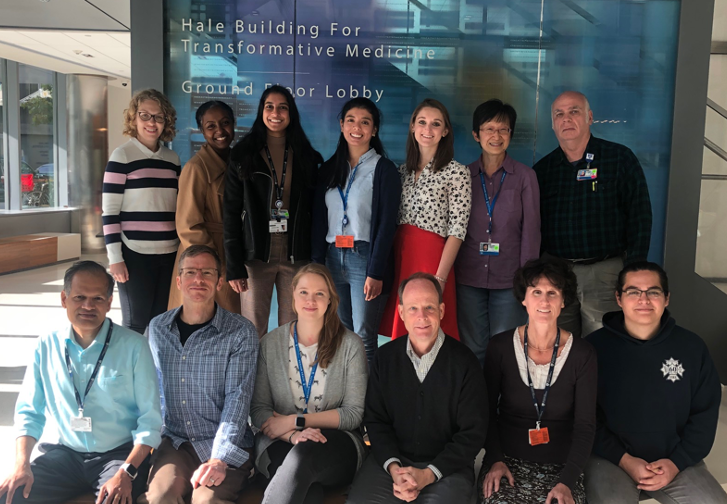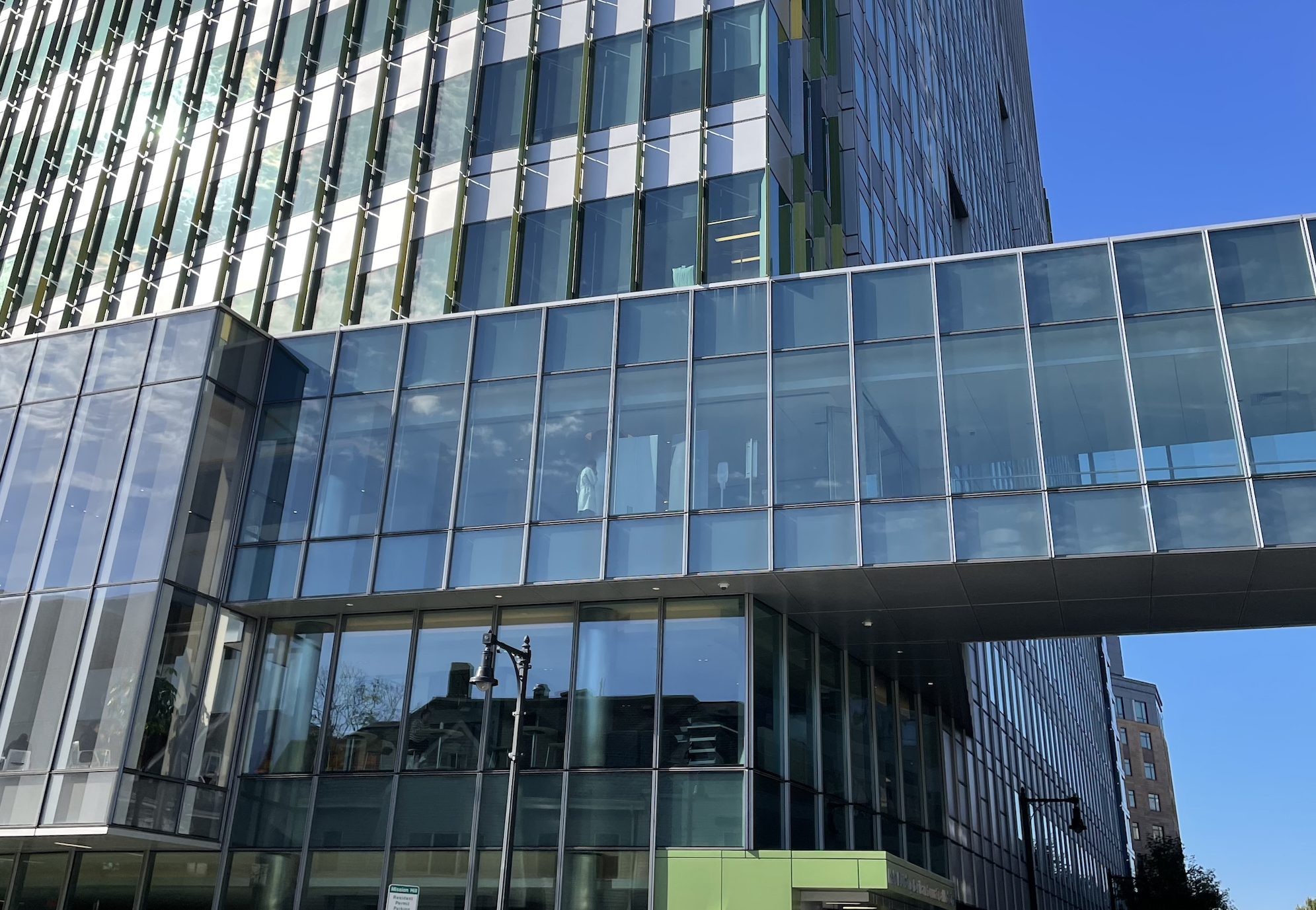SCIENCE

The M. tuberculosis bacillus is comprised of complex virulence determining lipids, including mannosyl-phosphomycoketides identified in the Moody laboratory.
The Moody laboratory investigates the human host response to major bacterial pathogens and immune mechanisms that protect from autoimmune disease. By studying cells with high throughput biochemical and genetic platforms, we seek to identify genes and discover previously unknown molecules that control disease outcomes. Then we seek to translate molecular findings to develop better diagnostic and treatment approaches for patients.
MENTORING

Senior Scientist and Research Graduates. Top row from left: Melissa Bedard, Sara Suliman, Alexandrea Ramnarine, Kattya Lopez, Tan-Yun Cheng, David Young. Bottom row from left: Sahadevan Raman, Jacob Mayfield, Josephine Reijneveld, Branch Moody, Ildiko van Rhijn, Tonatiuh Ocampo.
We cultivate a positive and inclusive research culture by through training and work structures that allow team members to identify and achieve their own goals. This process emphasizes forward thinking, transparently honest communication, valuing discovery, and understanding that ambitious research involves intermittent failure. Teaching goes beyond experimental design to emphasize ethics, public speaking, and the principles of purpose-driven scientific writing.
LABORATORY

The Moody lab is in the Hale Building for Transformative Medicine.
We work in modern and well-equipped facilities in the new Hale Building. With immunology, bacteriology, mass spectrometry, tissue culture, and biochemistry hubs within the lab, we practice interdisciplinary research. The location is accessible by transit and provides direct access to patient clinics at the Brigham and Women’s Hospital and the academic resources of Harvard Medical School.